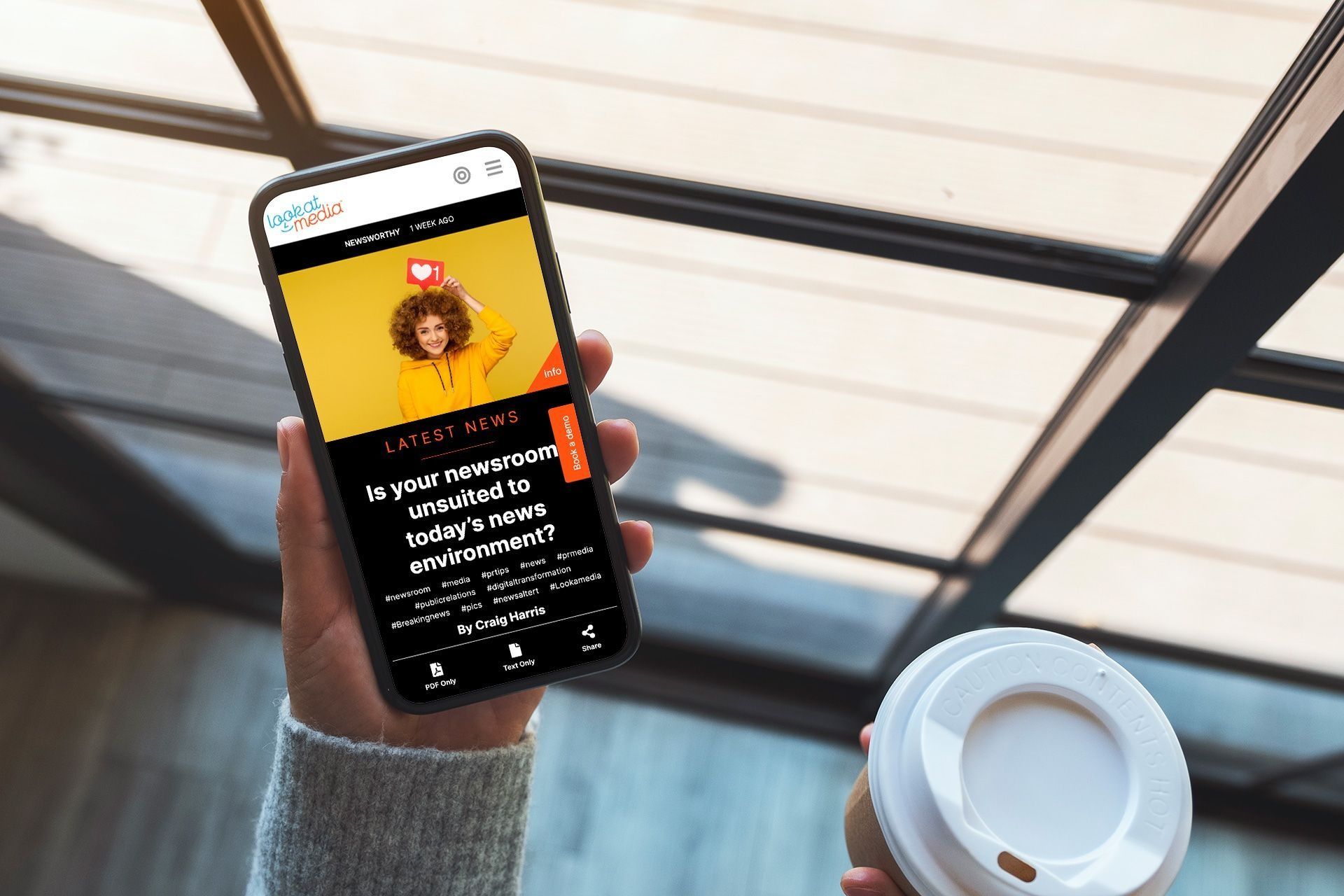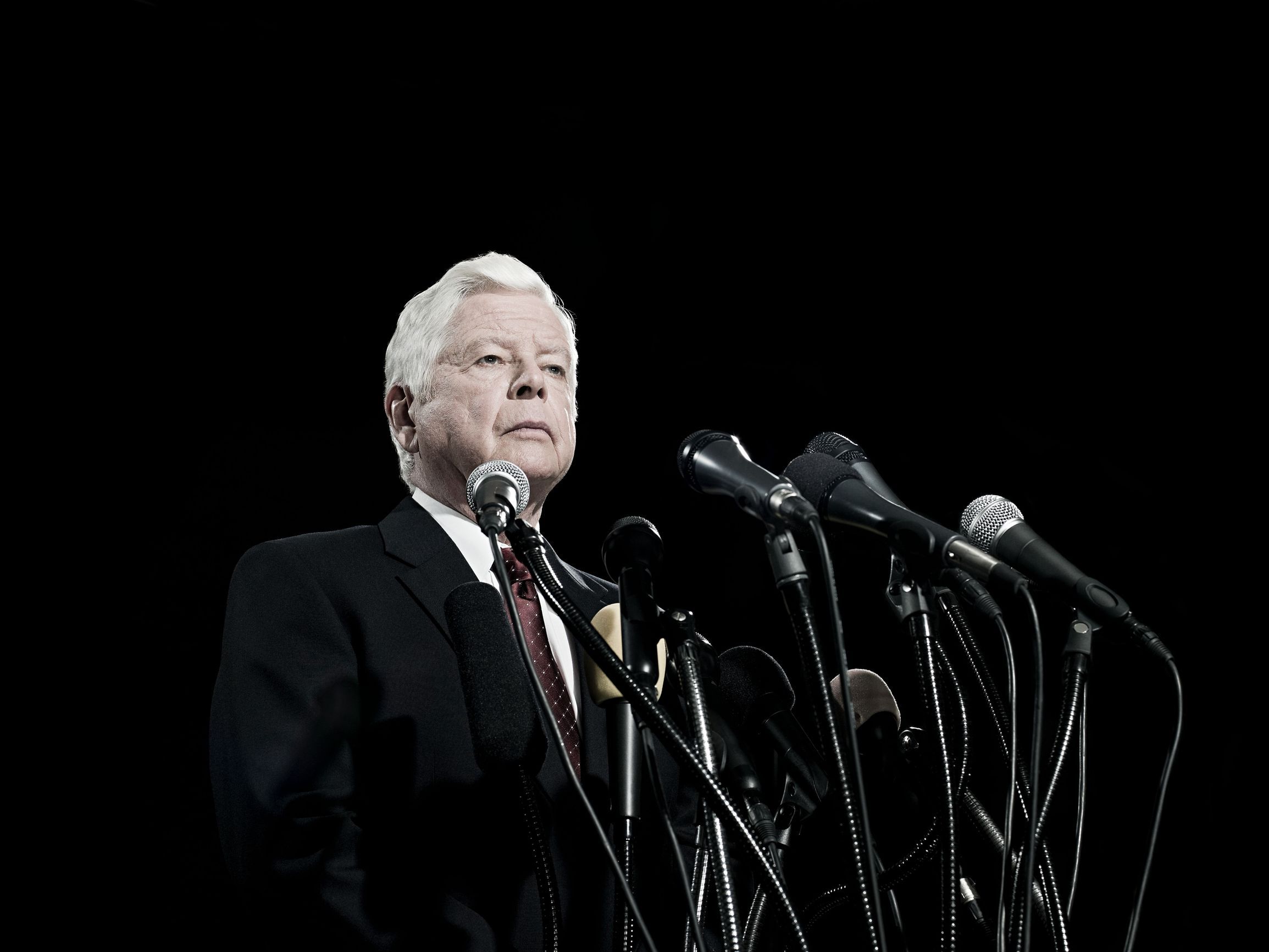
THE NEW MEDIA PARADIGM
Getty Images/iStockphoto
There are more opportunities for PR professionals to successfully pitch the media if they are willing to abandon the old ways of hunting down media coverage.
If you talk to most journalists and media representatives, they will volunteer the fact that the best media pitches are the ones that fit their specific needs. They say they are much more open to receiving a pitch that aligns with their beat and personal style and focus. If that’s the case, why are many of the pitches journalists receive entirely unsuited to the journalists.
The right media pitch for the right journalists
There is a way for you to deliver the right media pitch to a journalist every time; however, it isn’t done the way you do pitches today. It involves adopting an inbound digital PR strategy. Rather than commit all of your resources (and hopes) to a single story with a single journalist, create the story you want to see in the media and publish it on your Lookatmedia™ newsroom, then allow the right journalists to discover the story themselves.
Wishful thinking or pragmatic PR strategy
Waiting for a journalist to come to you will seem counterintuitive to most PR professionals until you recognise that over 75% of journalists find story ideas through online searches. When you add this stat to the facts that hundreds of thousands of journalists and millions of influencers and podcasters are constantly seeking more and more original story ideas every day through online searches, you begin to understand both the importance and power of inbound PR media pitches.

Reach a wider audience
Getty Images/iStockphoto
Rather than float an idea with a small group of media contacts, expand your reach to a more diverse range of journalists, media representatives, influencers, and podcasters

Reach a wider audience
Getty Images/iStockphoto
Rather than float an idea with a small group of media contacts, expand your reach to a more diverse range of journalists, media representatives, influencers, and podcasters
‘We have an online newsroom…and it doesn’t deliver like that’
Most online newsrooms are literally an afterthought. It's where press releases that have already been released are put out to pasture. It's where poorly illustrated stories that ignore the conventions of the online 24/7 media world collect dust. As Julius Caesar once said, 'The fault, dear Brutus, is not in our stars.’
Poorly executed newsrooms deliver dismal outcomes
Here's something your need to know but probably don't want to hear. Your newsrooms are not great. It lacks most of the organic ranking capabilities that you apply lovingly to your marketing, and it is void of the features that help journalists illustrate their stories. What's more, it lacks enough of the correct type of content to attract, connect, and convert to more positive media coverage. Take a minute to look at your newsroom and ask yourself this question, 'if I was a journalist looking for compelling story ideas to meet my next deadline, is this one of the first places I would look?'. Take a few minutes to digest where you are now, and then we can talk about how you fix it.
OK, ready?
Media pitch that pitches itself
There’s equal part art and science to creating media pitches that pitch themselves. The good news is that as a PR professional, you already have the written part of the art down pat. We just need to help you with the visual and science parts of this equation.

Look here
Getty Images/iStockphoto
If you want to attract the attention of more in traditional and new media, then you need to create and maintain a compelling online collection of illustrated content, with a library of images, video, and research material.

Look here
Getty Images/iStockphoto
If you want to attract the attention of more in traditional and new media, then you need to create and maintain a compelling online collection of illustrated content, with a library of images, video, and research material.
Illustrated content
Let's start with the visual part. Look at all the publications where you want your story to appear. What's first on the page? Is it a headline or an image? Is the content punctuated with images? Are images used in the indexing of stories? Chances are images are either the leads or are heavily featured, everywhere you want to be a feature. We're making the point that journalists are always looking for access to the images to illustrate their stories…and what you think fits the bill may not. If you want to receive more media coverage, your stories must be illustrated, and you must provide journalists with opportunities to choose more images than the ones you feature.
The science parts
Marketers are experts at Search Engine Optimisation(SEO). It's how they constantly refine their strategies to deliver the right types of people into their sales channels. PR professionals need to learn to do the same with Newsrooms if they want to attract the right kinds of media coverage. Newsrooms like Lookatmedia™ are optimised for SEO and include workflows and automated features that align your media pitches with the searches of journalists, media representatives, influencers, and podcasters.

The power and speed of visual communication
Getty Images/iStockphoto
Try to describe the joy of seeing a Quokka for the first time in the length of a headline. That’s why visual content now leads most forms of media.

The power and speed of visual communication
Getty Images/iStockphoto
Try to describe the joy of seeing a Quokka for the first time in the length of a headline. That’s why visual content now leads most forms of media.
Connecting, convert, repeat
Journalists are a particular class of communicators. You can't lump them into the same content that you're providing for consumers then expect them to tell your stories. You need a newsroom that is regularly updated with compelling content to get them coming back again and again. You don't want a single journalist to write a single story; you want hundreds or thousands of journalists covering your stories more often. A newsroom solution like Lookatmedia™ is the first step in the process and a more predictable way to plan and implement an inbound PR strategy to complement your existing PR.








